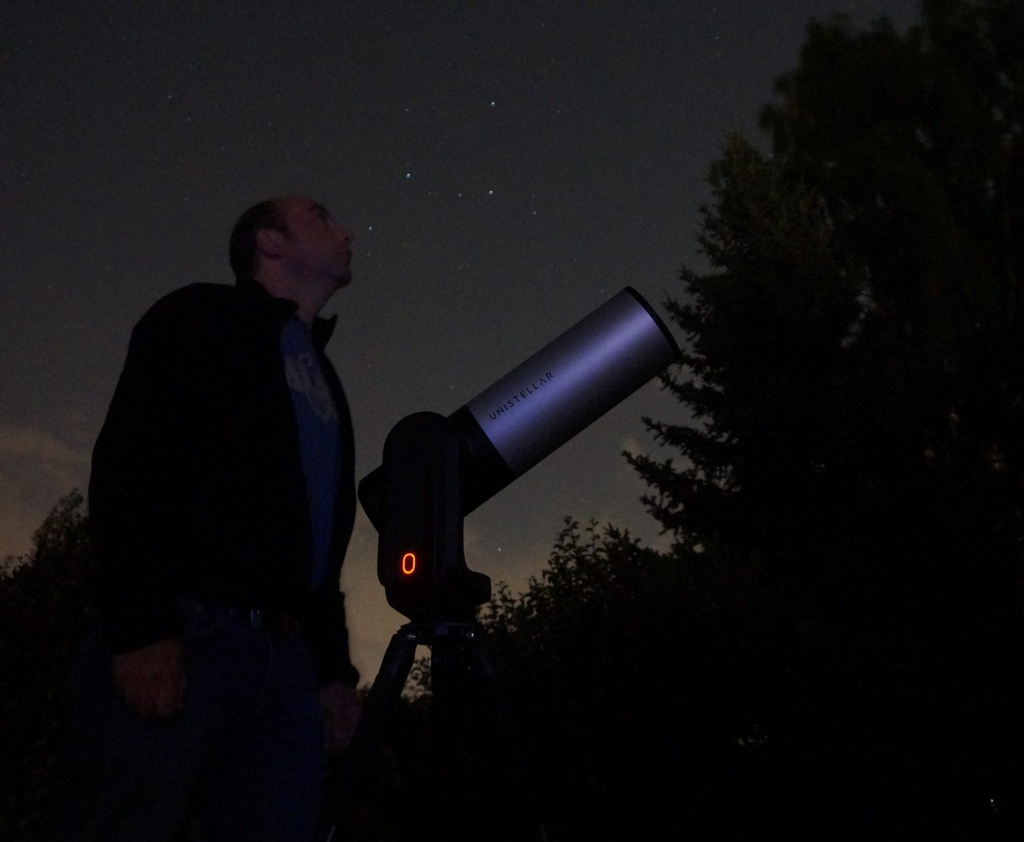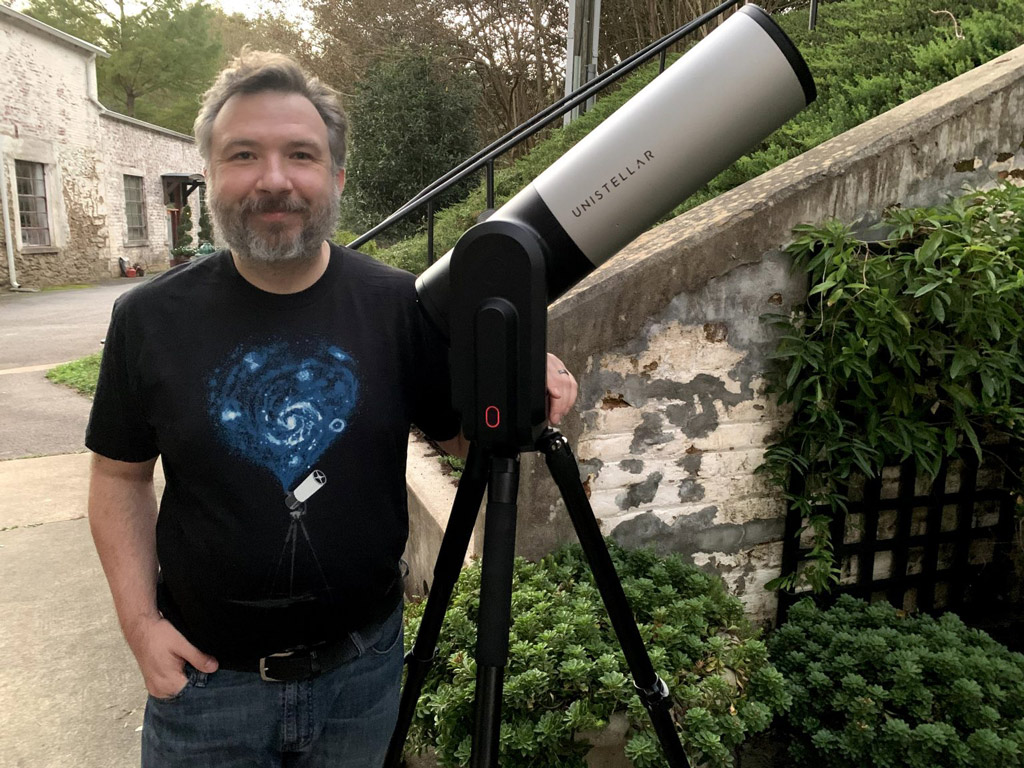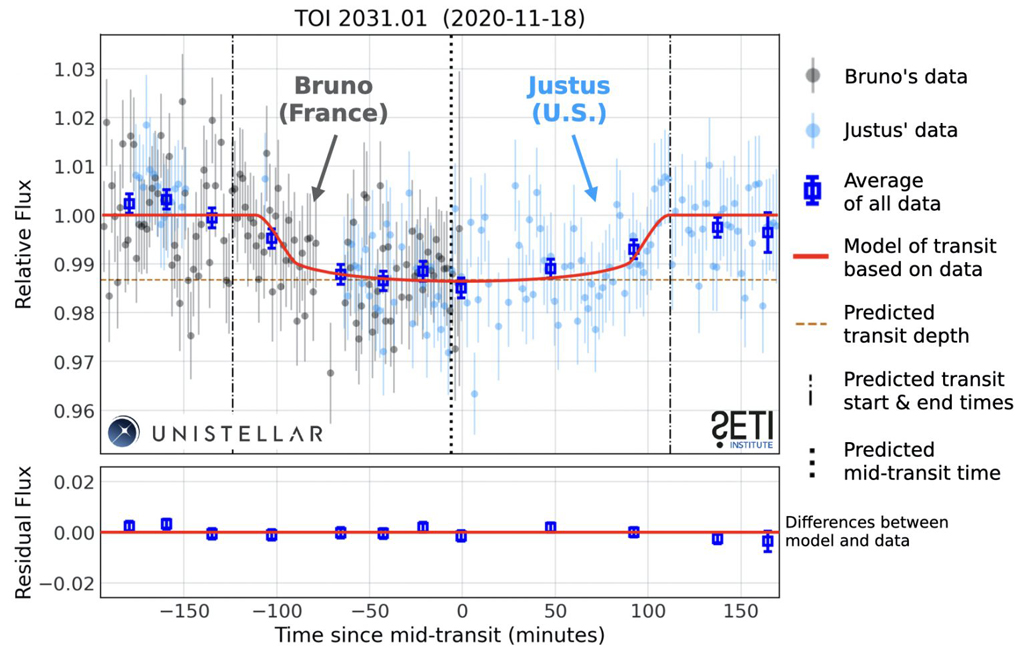
What do you do when the exoplanet transit you’re observing falls out of sight halfway through? Unistellar citizen astronomer Bruno Guillet solved the quandary by reaching across the Atlantic Ocean. He and fellow Unistellar citizen astronomer Justus Randolph recently made a transatlantic observation of exoplanet candidate TOI 2031.01, gathering enough data for Unistellar and SETI Institute scientists to verify it as a positive detection.

The two citizen astronomers were following up on one of the SETI Institute/Unistellar Exoplanet Team’s targets for that month. Exoplanet candidate TOI 2031.01 was identified by NASA’s Transiting Exoplanet Survey Satellite (TESS) in 2020. The orbiting telescope identified TOI 2031.01 as a potential planet outside our solar system. (TOI is an acronym for TESS Object of Interest.) Guillet, in France, and Randolph, in the U.S., planned to watch TOI 2031.01 as it passed in front of its star, an event called a transit. But there was a problem: It would be below the horizon for half of their observing time. So, the two hatched a plan.
“Bruno had the brilliant idea to split up the data collection among multiple observers so that the data from several partial observations would cover the whole duration of the transit,” Randolph says.

In mid-November of 2020, Guillet, in France, took the first shift, watching TOI 2031.01 until around 3:45 a.m. his time. He then passed the torch to Randolph, who finished the observation from the U.S.
“I am very happy to share this first successful transcontinental joint detection with Justus,” Guillet says.
The result was one seamless light curve, stitched together from two separate continents. And their teamwork paid off: together, they made a positive detection of TOI 2031.01, with a little data processing help by Arin Avsar, Unistellar Exoplanet Data Analyst and UC Berkeley student as well as Tom Esposito, Unistellar Space Science Principal and researcher at the SETI Institute and UC Berkeley.
Esposito noted, “With so many eVscope observers around the world now, we’re excited to do more science like this. We can learn so much more from people cooperating, and I think Bruno and Justus showed that.”

“Working together, we were all able to accomplish what we wouldn’t have been able to accomplish alone,” Randolph says.
Guillet says there’s more to come, too. He and Randolph have made more split observations, and are eagerly awaiting the results of their efforts.
“I think this is just the beginning of this type of transcontinental observation,” he says.
Ready to find some exoplanets yourself? Get started on Unistellar's exoplanet transit predictions page.





